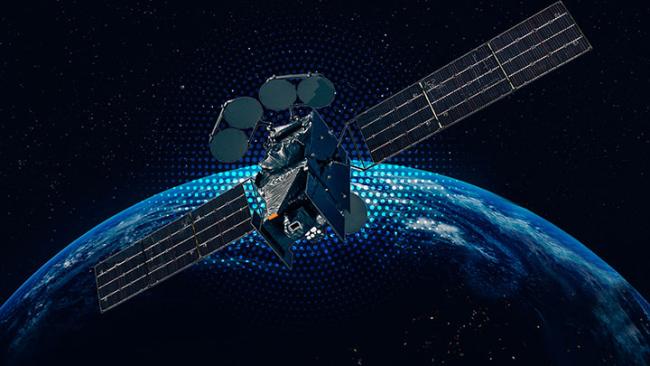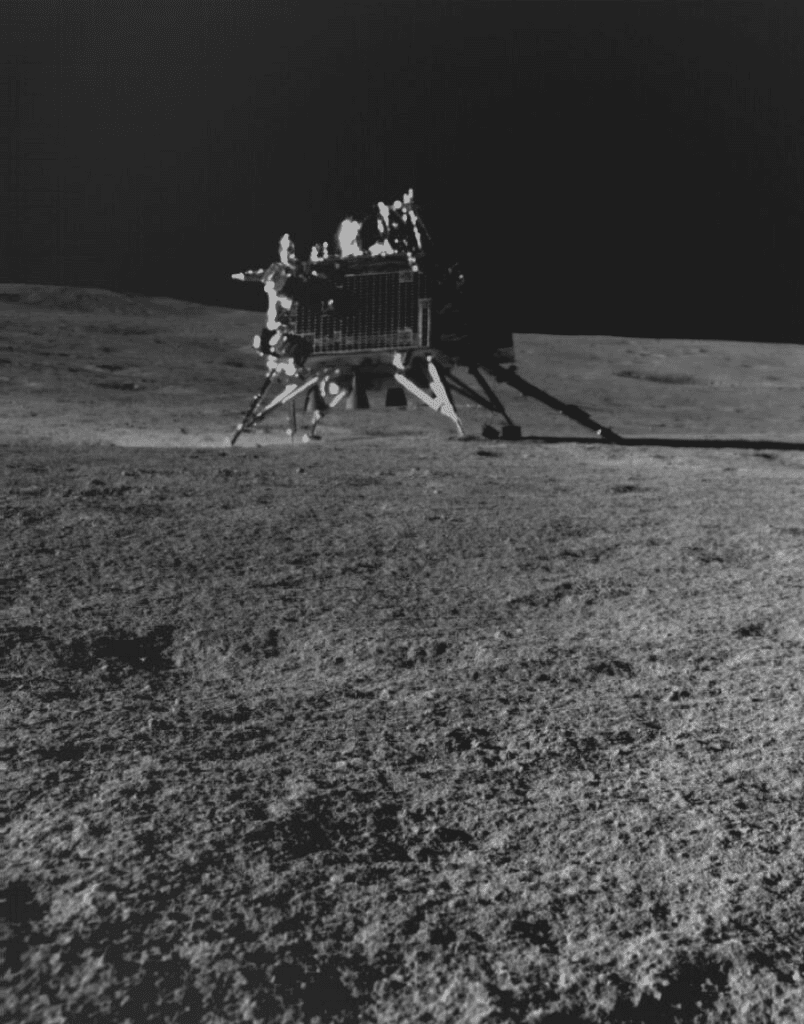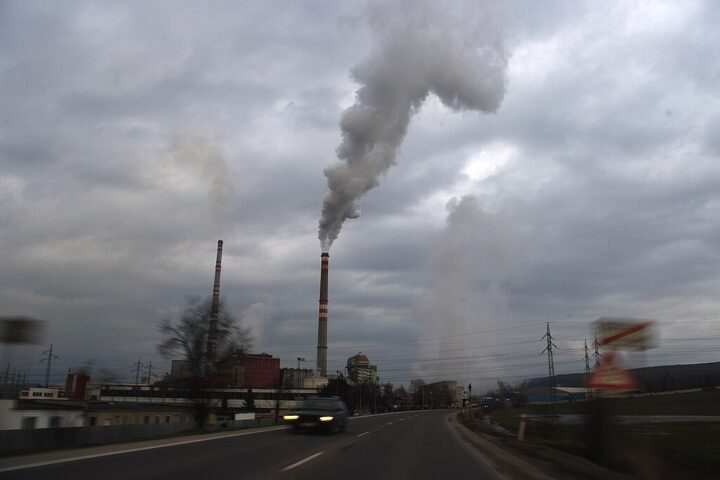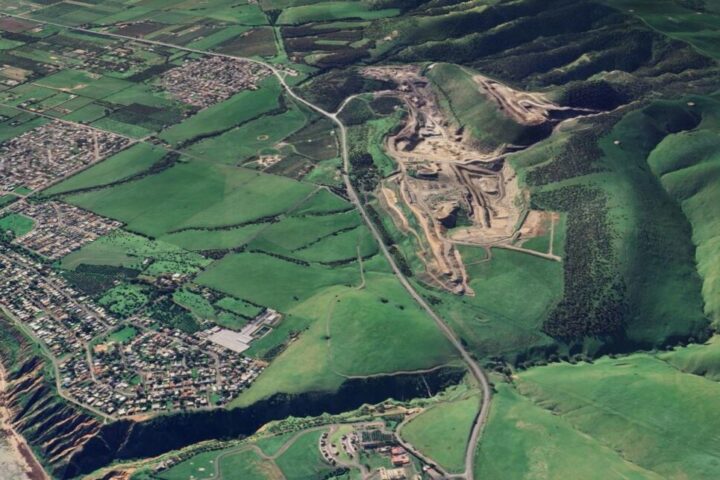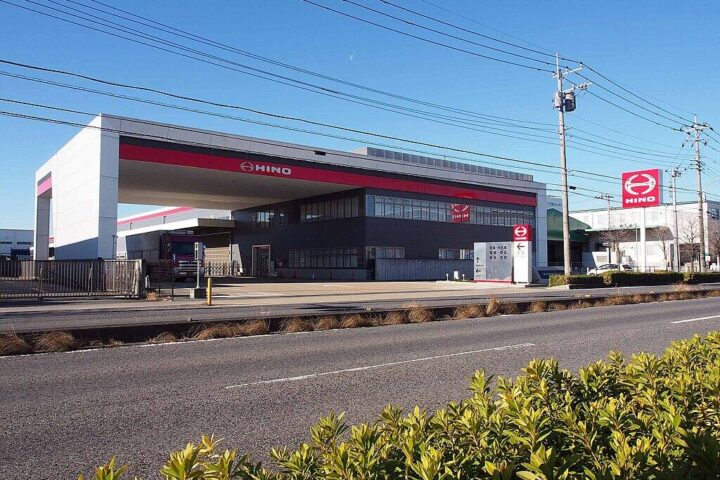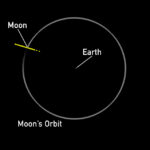“TEMPO, the first space-based probe to measure air pollution hourly over North America, has captured its inaugural images,” announced Xiong Liu, the deputy principal investigator of the TEMPO mission. The TEMPO instrument was successfully powered on for the first time on June 8, 2023, two months after its launch. “We can now proudly say we’re beginning a new era of air-quality monitoring over North America,” Liu added. The TEMPO mission is a collaborative effort between NASA and the Smithsonian Astrophysical Observatory (SAO) in Cambridge, Massachusetts. “We’ve been eagerly anticipating this moment,” said Kevin Daugherty, TEMPO project manager at NASA’s Langley Research Center. The TEMPO instrument was built by Ball Aerospace and integrated with the Maxar-built Intelsat 40e satellite.
Launched in April, TEMPO orbits 22,000 miles above the equator, providing an unprecedented view of air quality over North America. The instrument’s data will be a cornerstone in President Biden and Vice President Harris’s robust climate agenda. “TEMPO has the potential to revolutionize forecasts of air quality in North America,” said Caroline Nowlan, a physicist at SAO. The instrument’s data will supplement regional air-quality data from the Environmental Protection Agency (EPA).
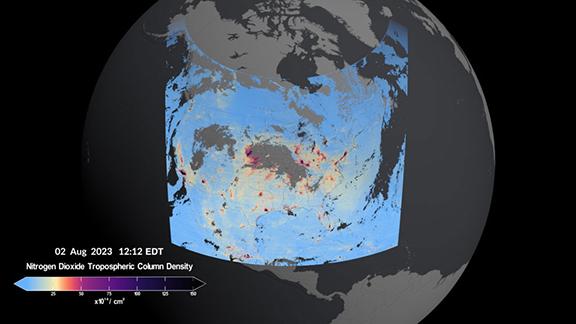
TEMPO’s data will be made available to the public through NASA’s Atmospheric Science Data Center in Hampton, Virginia. “TEMPO will give us crucial data that we need to help us build a more sustainable planet for all living things,” said Lisa Kewley, director of SAO. The instrument’s first images were collected over a six-hour time window on August 2, 2023.
TEMPO’s ability to track nitrogen dioxide on an hourly basis is a game-changer for understanding air pollution. “This summer’s wildfires in Canada are a clear indication that pollution emitted in one place can impact communities thousands of miles away,” said Raid M. Suleiman, an astrophysicist at SAO. TEMPO will also track major air pollutants like ozone, aerosols, sulfur dioxide, and formaldehyde. At night, TEMPO will measure light pollution, a less-discussed but equally important environmental concern.
Similar Posts
The instrument will also monitor sudden environmental events like wildfires and volcanic eruptions in real-time. TEMPO’s data could lead to more effective air-quality warnings, particularly for individuals with preexisting respiratory conditions. The instrument will also help scientists understand how changing weather patterns due to climate change are impacting air quality.
“TEMPO is beginning to measure hourly daytime air pollution over greater North America,” said Kelly Chance, SAO senior physicist and TEMPO principal investigator. The instrument’s data will help scientists evaluate the health impacts of pollutants. TEMPO will aid in the creation of air pollution maps at the neighborhood scale. The instrument’s data will be shared with partner agencies like the National Oceanic and Atmospheric Administration (NOAA).

Credits: NASA’s SVS; Data provided by SAO at the CfA
TEMPO’s next major milestone will be in late July, when the instrument will be opened for the first time to look at the Sun and Earth. The instrument will begin full operations in October, collecting hourly daytime scans. TEMPO is part of NASA’s Earth Venture Instrument program, which includes small, targeted science investigations. The instrument also forms part of a virtual constellation of air pollution monitors for the Northern Hemisphere.
TEMPO will make hourly daytime observations of air quality over North America, including the entire continental United States. The instrument’s data will vastly improve the scientific data record on air pollution in North America. TEMPO’s advanced spectrometer detects pollution normally hidden within reflected sunlight. The instrument’s early data will allow scientists to tweak settings to optimize TEMPO’s performance before they commence with routine operations.
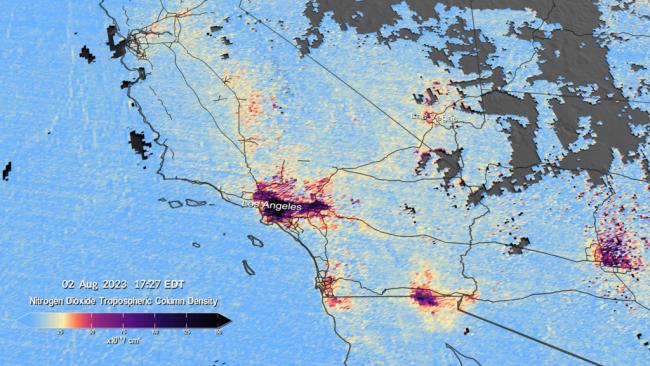
“NASA and the Biden-Harris Administration are committed to making it easier for everyday Americans and decision-makers to access and use TEMPO data,” said NASA Administrator Bill Nelson. As we venture into an era where technology and environmental consciousness converge, TEMPO stands as a testament to human ingenuity and our commitment to safeguarding our planet. The collaboration between esteemed institutions and the unwavering support from the administration underscores the significance of this mission.
With TEMPO’s groundbreaking capabilities, we are not just observing the world but actively equipping ourselves with the knowledge to make informed decisions for a healthier future. As NASA Administrator Bill Nelson aptly put it, the goal is to make pivotal data accessible to all, ensuring that every individual is empowered in the fight against air pollution. As we reflect on TEMPO’s achievements and potential, it’s evident that this is more than just a mission; it’s a beacon of hope for a cleaner, more sustainable tomorrow.
